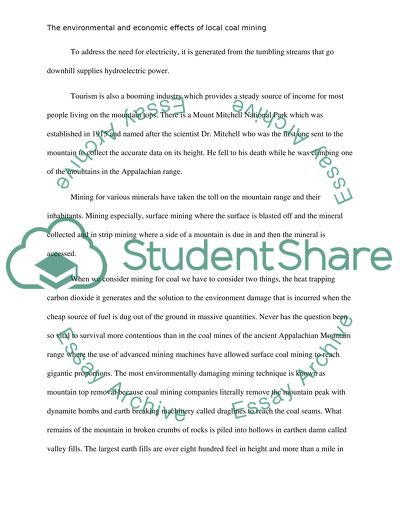Cite this document
(“The environmental and economic effects of local coal mining Research Paper”, n.d.)
The environmental and economic effects of local coal mining Research Paper. Retrieved from https://studentshare.org/miscellaneous/1595293-the-environmental-and-economic-effects-of-local-coal-mining
The environmental and economic effects of local coal mining Research Paper. Retrieved from https://studentshare.org/miscellaneous/1595293-the-environmental-and-economic-effects-of-local-coal-mining
(The Environmental and Economic Effects of Local Coal Mining Research Paper)
The Environmental and Economic Effects of Local Coal Mining Research Paper. https://studentshare.org/miscellaneous/1595293-the-environmental-and-economic-effects-of-local-coal-mining.
The Environmental and Economic Effects of Local Coal Mining Research Paper. https://studentshare.org/miscellaneous/1595293-the-environmental-and-economic-effects-of-local-coal-mining.
“The Environmental and Economic Effects of Local Coal Mining Research Paper”, n.d. https://studentshare.org/miscellaneous/1595293-the-environmental-and-economic-effects-of-local-coal-mining.


